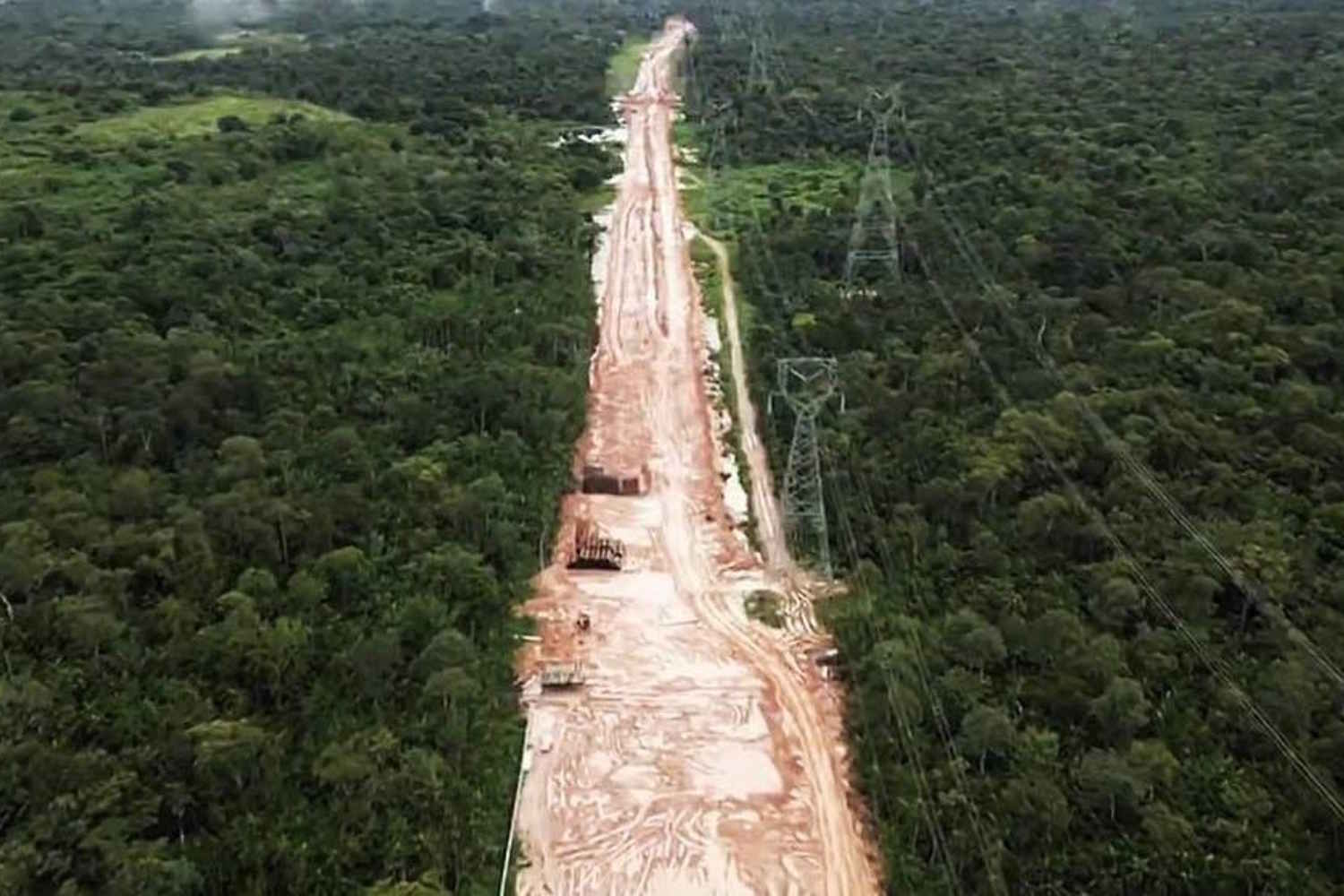Deforestation in Brazil's Amazon surged by 92% in May 2025. The crisis, fueled by agriculture, fire, and climate change, threatens ecosystems, Indigenous communities, and global climate stability.

“The situation is dramatic and demands global attention,” said João Paulo Capobianco, Brazil’s Deputy Minister of Environment and Climate Change, as he presented the latest data on deforestation in the Amazon. In May 2025 alone, Brazil lost 960 square kilometers (about 370 square miles) of rainforest. That’s a staggering 92% increase compared to May 2024.
This isn’t just a local issue. The Amazon is often described as the planet’s lungs for a reason—and right now, it’s struggling to breathe.
The roots of destruction
There’s no single villain behind this environmental catastrophe, but rather a tangle of systemic pressures that keep tightening. Intensive agriculture and cattle ranching continue to lead the charge, driven by an economic model that prioritizes short-term gains from cleared land over long-term ecological balance.
The climate crisis adds fuel to the fire—literally. Prolonged droughts and erratic weather patterns have weakened the forest’s natural resilience, making it more vulnerable to human intrusion. And then there are the fires: many deliberately set, others spinning out of control, they ignite a destructive feedback loop. As the vegetation dries out, it becomes even more flammable, feeding the flames and accelerating the damage.
Brazil’s Deter satellite monitoring system, which provides near real-time updates on land use, breaks down the devastation as follows: 51% of the deforested areas are linked to fires, 48% to agricultural and livestock activities, and 1% to mining operations. Even that 1% is significant in a biome where every hectare matters.
More than just trees
What’s being lost isn’t just a collection of trees—it’s a complex, living ecosystem that supports not only biodiversity but also the cultural and physical survival of entire Indigenous communities. These groups rely on the forest for food, medicine, spiritual practices, and identity. As the forest vanishes, so do their ways of life.
The fallout doesn’t end there. The Amazon plays a crucial role in stabilizing the global climate. Its decline fuels greenhouse gas emissions, disrupts rainfall patterns across South America, and worsens soil erosion and water insecurity. Crops fail, rivers dry up, and entire regions are left reeling from ecological collapse. The implications stretch far beyond Brazil’s borders.
Insufficient answers, urgent questions
Yes, programs have been introduced. Brazil has seen a wave of initiatives aimed at conservation and sustainable land management, but their results remain underwhelming. Why? A familiar cocktail of poor coordination, underfunding, and political inconsistency. Local governments, NGOs, and Indigenous leaders often operate in silos, while powerful economic lobbies resist systemic reform.
On the international stage, awareness is growing. Activists, scientists, and civil society organizations are stepping up pressure on global leaders to adopt more aggressive anti-deforestation policies. Ethical trade movements are slowly gaining traction, pushing for certified, deforestation-free supply chains, but they remain the exception rather than the rule.
A turning point—or a point of no return?
The Amazon’s plight isn’t just Brazil’s problem—it’s the world’s shared responsibility. What’s unfolding is not the natural consequence of growth, but the product of a broken system that treats the forest as expendable. Fixing that system requires radical change, starting with the way we value land, food, and climate justice.
Time is running out. The question we face is brutally simple: will we continue to watch the Amazon burn, or will we act decisively to preserve what’s left of the largest tropical rainforest on Earth?
